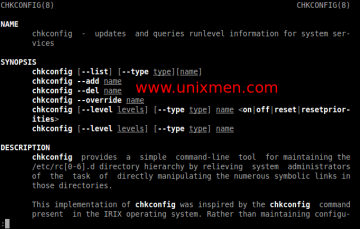

Featureĭon't count on having lots (>1k?) of them Only features where I disagree with the official assessment. And that is my main gripe with btrfs at present. Run "old" kernels with known bugs or recent ones with unknown ones. However, that's not the problem, but that when you obey and use the bleeding edge kernels, you better be ready to find new bugs and possibly have to compile patched kernels. That's fine, I can understand why developers say so and too why users may not able to follow the recommendation. Since the official recommendation is to use the "most modern kernel possible", be ready to be friendly scolded when you report a problem while not using it. This list is likely to become outdated as btrfs evolves since I'm not 100% on top of it.

Also note that, despite the apparent criticism, I do use btrfs in my systems when I consider the advantages outweight the risks. Sure, this is my subjective interpretation I may be wrong or unfairly critical, refer to btrfs experts if in doubt. I have come to have a personal idea of what stable means in the btrfs world, which I offer here to any interested party. ForewordĪfter some years of using btrfs and following the official mailing list, I still see weekly horror stories posted there from unsuspecting users. Take it as a peek into the past (but don'tįorget to check the official status page, as things like raid5/6Īnd quotas are still rife with caveats). My personal assessment on the btrfs stability/maturity status vs the official one at Foreword to the foreword Btrfs stability/maturity status - btrfs-status


 0 kommentar(er)
0 kommentar(er)
